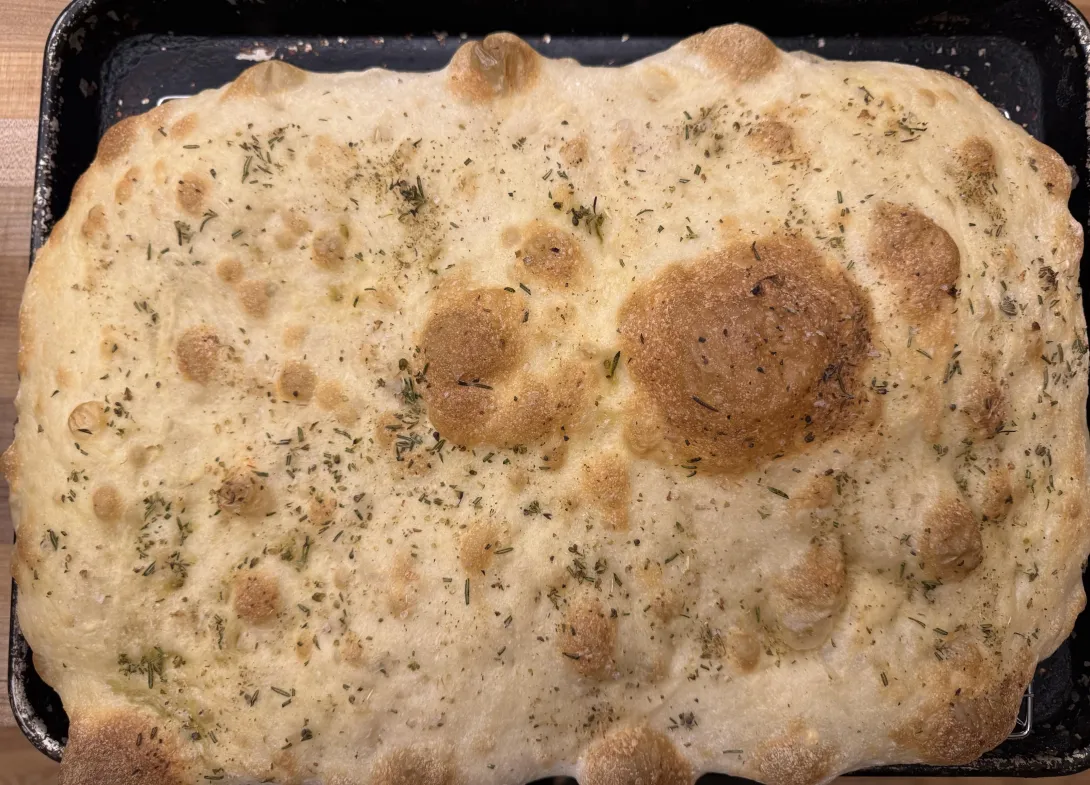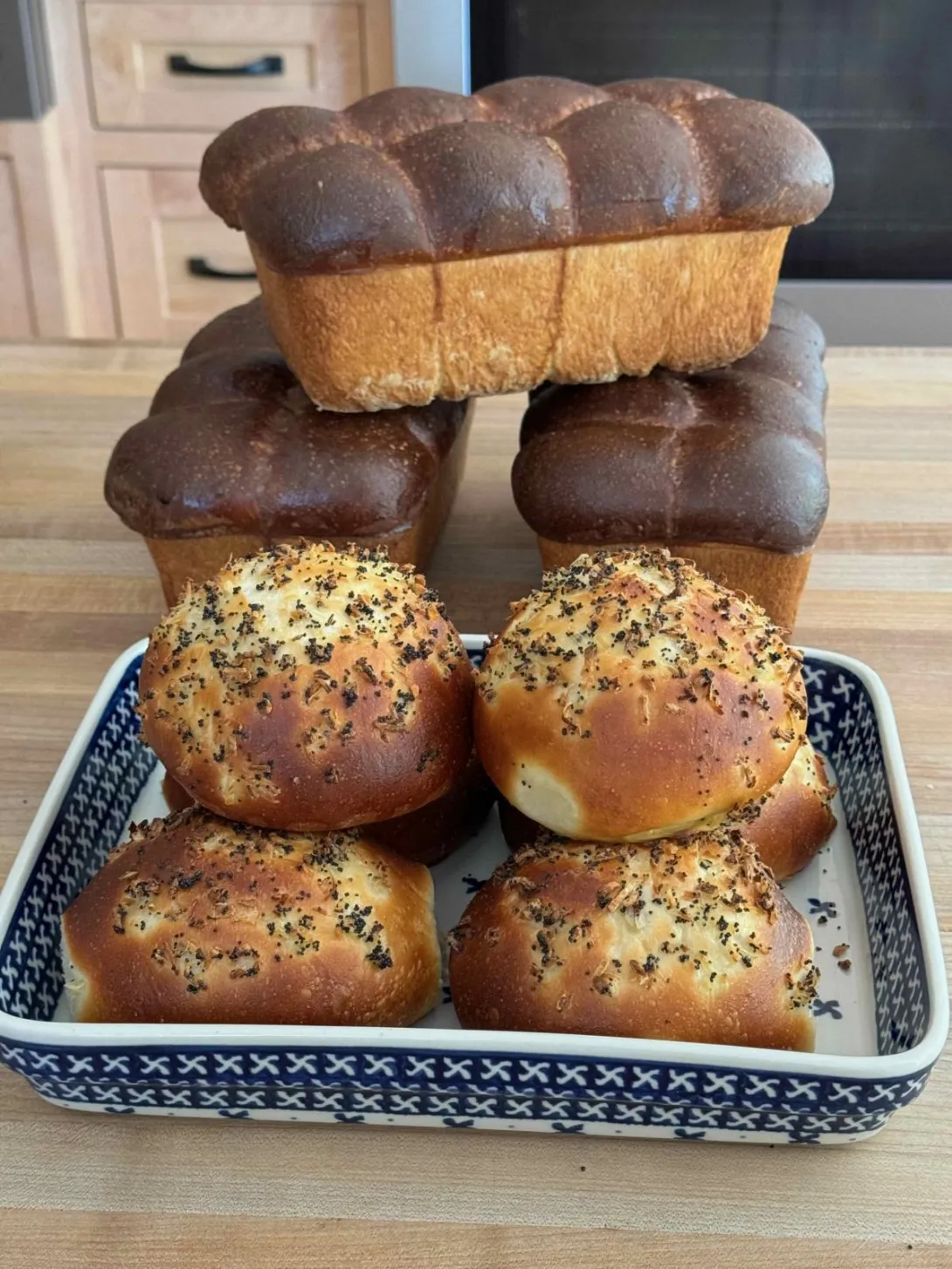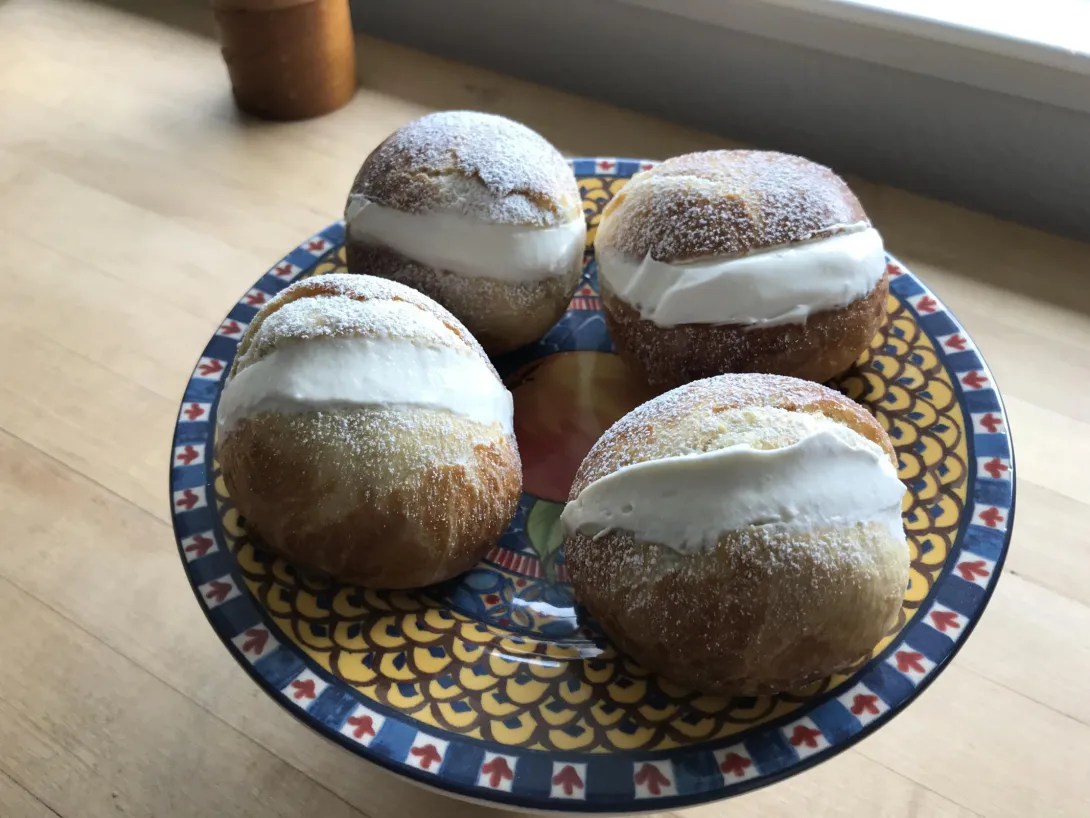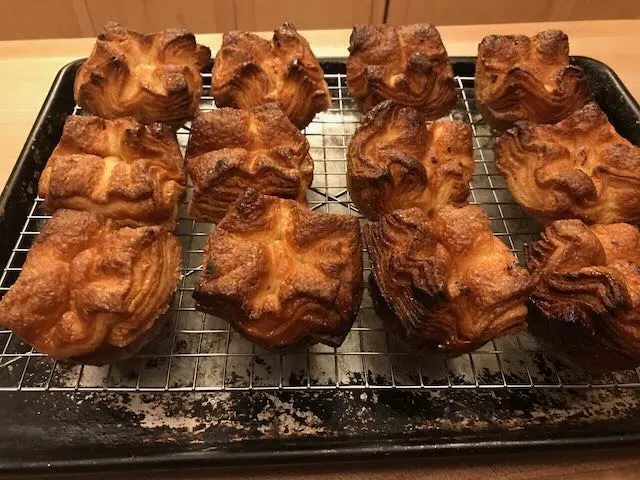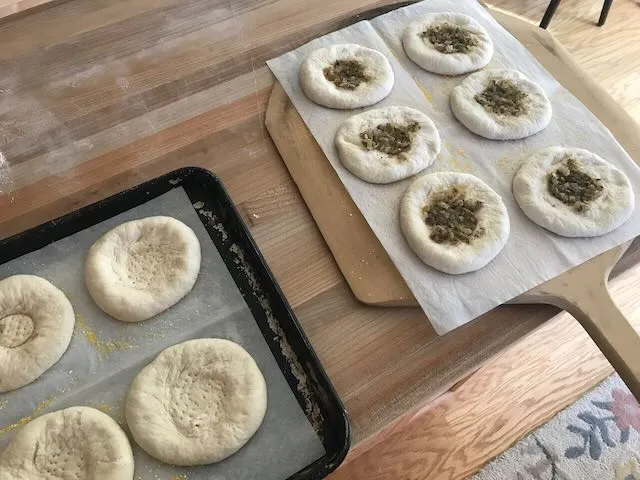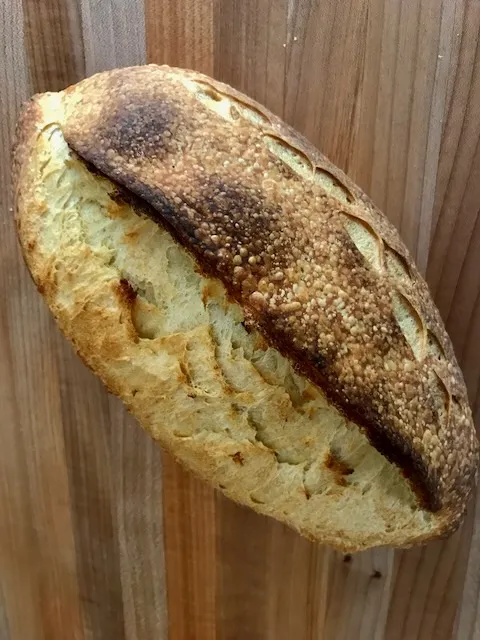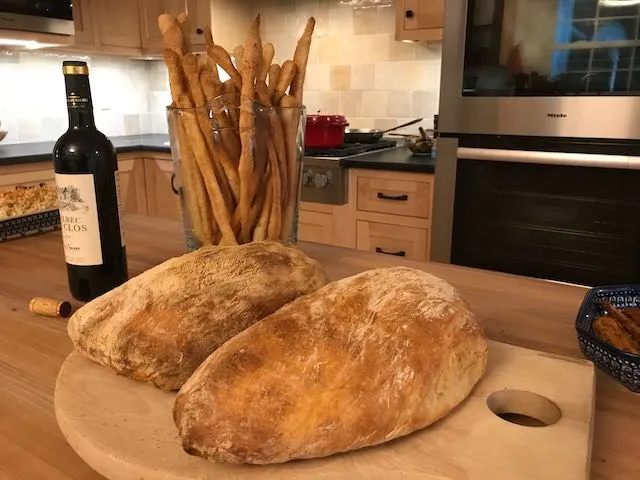Buttermilk Bulgur Loaf
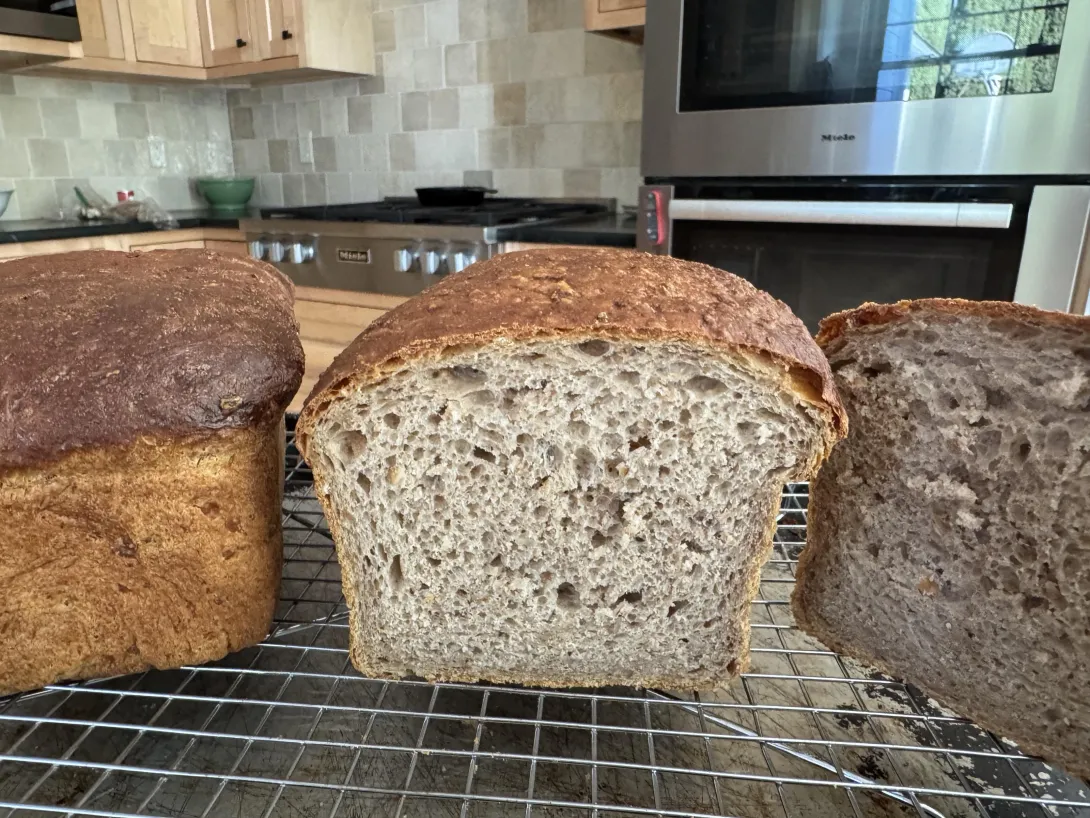
Not exactly sure why, possibly Benny’s latest poppy seed eye popper or possibly Passi(io)nate Tom’s explorations, but I got inspired to revive an old family favorite that’s gone missing since I dove into baking with sourdough. For most of our boys’ childhood, my darling wife made bread 2-3 times a week. Her quest to increase whole grain consumption eventually yielded an awfully good loaf starring whole wheat flour, bulgur wheat (wheat berries just wouldn’t cooperate), wheat bran, raisins, rolled oats and nuts.
- Log in or register to post comments
- 10 comments
- View post
- foodforthought's Blog

